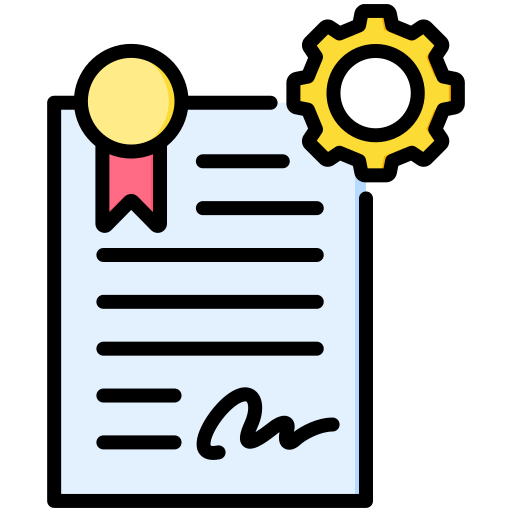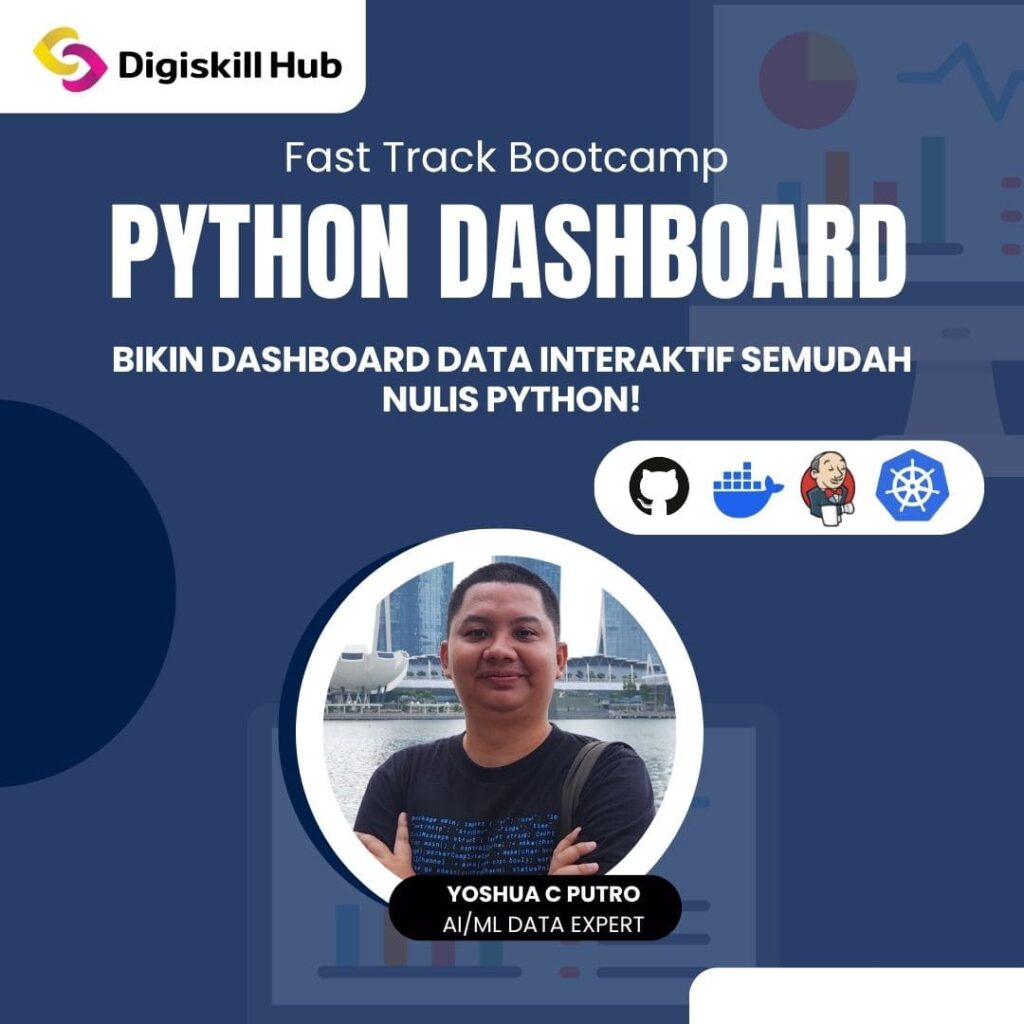
Introduction to Data Visualization & Streamlit
Fundamentals
Data Handling & Core Streamlit Widgets
Data Visualization with Streamlit
Structuring & Enhancing Streamlit Applications
Deployment, Advanced Topics










Topic: Introduction to Data Visualization & Streamlit Fundamentals
Module 1: The Power of Dashboards & Introduction to Streamlit
Module 2: Setting Up Your Streamlit Environment
Module 3: Core Streamlit Concepts: Text & Data Display
Module 4: Basic Input Widgets & Interactivity
Module 5: Layout & Media Elements
Topic: Data Visualization with Streamlit
Module 10: Introduction to Plotting Libraries
Module 11: Basic Plotting with Matplotlib & Seaborn in Streamlit
Module 12: Interactive Plotting with Plotly Express
Module 13: Advanced Plotly Express Features & Customization
Topic: Data Handling & Core Streamlit Widgets
Module 6: Introduction to Pandas for Data Manipulation
Module 7: Connecting Pandas with Streamlit Display
Module 8: Advanced Input Widgets & State Management
Module 9: Forms and Control Flow in Streamlit
Topic: Structuring & Enhancing Streamlit Applications
Module 14: Layout Options: Columns and Containers
Module 15: Building Multi-Page Applications
Module 16: Caching and Performance Optimization
Module 17: Theming and Customization (Basic)
Topic: Deployment, Advanced Topics
Module 18: Error Handling and Debugging in Streamlit Apps
Module 19: Preparing Your App for Deployment
Module 20: Introduction to Streamlit Components (Conceptual)

Premium
Rp.2.000.000
Biaya Pelatihan
Rp.380.000
Tidak. Kursus ini dirancang dan disesuaikan untuk pemula , mahasiswa, umum dan profesional tanpa latar belakang IT. Materi disusun secara bertahap, mulai dari dasar hingga tingkat lanjut, sehingga dapat diikuti oleh siapa saja.
Ya. Setelah menyelesaikan seluruh materi dan tugas yang diberikan, Anda akan menerima sertifikat resmi dikeluarkan oleh CCIT FT Universitas Indonesia (UI) yang dapat digunakan untuk melamar pekerjaan atau menambah portofolio profesional.
Kursus ini menggunakan metode blended learning, yaitu kombinasi antara:
Ya. Kami menyediakan forum diskusi, sesi tanya jawab bersama mentor, serta dukungan teknis untuk membantu Anda selama proses belajar.
Untuk kursus secara umum (selain Mobile Development), perangkat minimal yang disarankan adalah:
Ya. Kursus ini bekerja sama dengan CCIT FT Universitas Indonesia, sehingga sertifikat yang diterbitkan memiliki kredibilitas tinggi dan dapat menjadi nilai tambah pada CV Anda.
Durasi kelas intensive bootcamp adalah 3 bulan, dengan sesi live melalui Zoom 2 kali dalam seminggu, masing-masing berdurasi 3 jam. Jadwal berlangsung pada hari kerja (weekdays) pukul 19.00 – 22.00 WIB atau hari libur (weekend) pukul 09.00 - 12.00
Durasi kelas fast track adalah 5 hari, dengan sesi live melalui Zoom 5 kali dalam seminggu, masing-masing berdurasi 3 jam. Jadwal berlangsung pada hari kerja (weekdays) pukul 19.00 – 22.00 WIB atau hari libur (weekend) pukul 09.00 - 12.00
Ya. Materi kursus dapat diakses kapan saja melalui platform LMS atau LXP, sehingga Anda bisa belajar secara fleksibel di luar jadwal live session.
Ya. Tugas diberikan di setiap akhir pertemuan. Selain itu, peserta akan mengerjakan proyek nyata (real project) sebagai bagian dari proses belajar dan portofolio.
Ya. Kursus ini berbayar, namun Anda akan mendapatkan akses seumur hidup ke seluruh materi pembelajaran, termasuk video, modul, dan forum diskusi.
Ya. Peserta akan mendapatkan bimbingan langsung dari mentor profesional, serta akses ke group chat khusus untuk berdiskusi dan berkonsultasi.
Tidak ada tes masuk untuk dapat mengikuti program di Digiskill Hub, semua orang dengan latar belakang apapun dapat mengikuti program ini
Kami juga ada program Fast Track Class lainnya — pembelajaran mendalam dan langsung praktik bareng mentor!